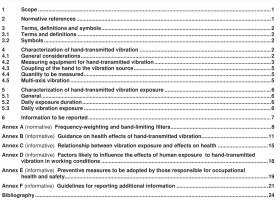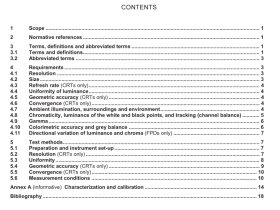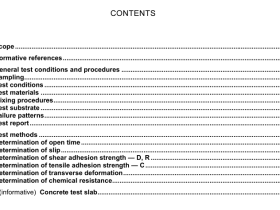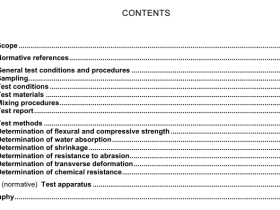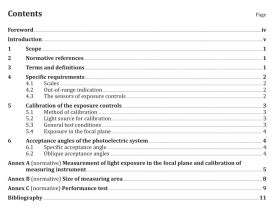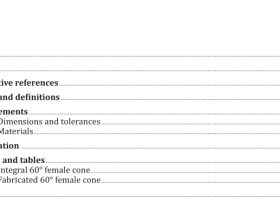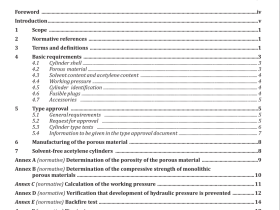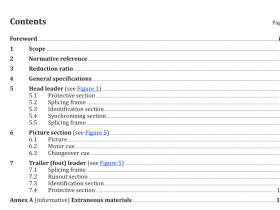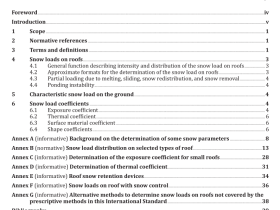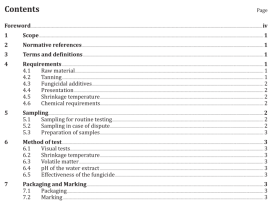ISO 3405 pdf download
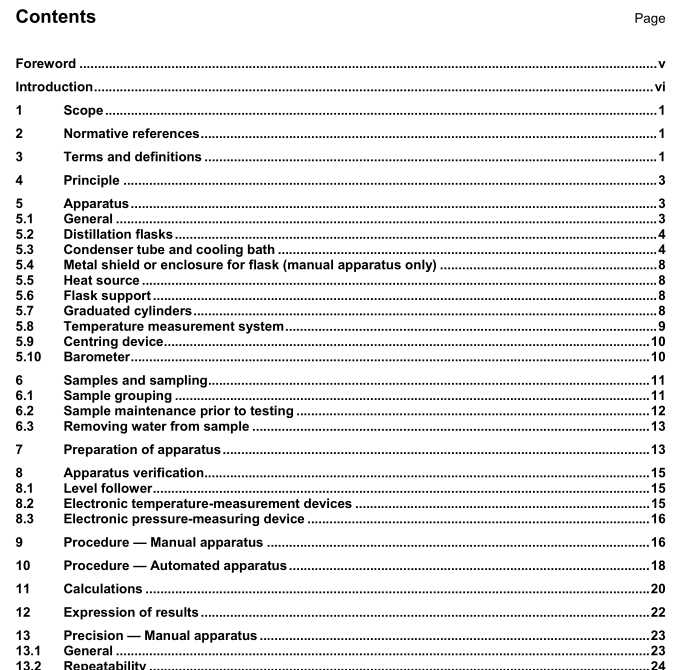
ISO 3405 pdf download Petroleum products — Determination of distillation characteristics at atmospheric pressure
4 Principle
The sample is assigned to one of four groups, based on its composition and expected volatility characteristics, with each group defining the apparatus arrangement, condenser temperature and operational variables. A 100 ml test portion is distilled under the specified conditions appropriate to the group into which the sample falls, and systematic observations of thermometer readings and volumes of condensate recovered are made. The volume of the residue in the flask is measured, and the loss on distillation recorded. The thermometer readings are corrected for barometric pressure and the data are then used for calculations appropriate to the nature of the sample and the specification requirements.
5 Apparatus
5.1 General Typical assemblies of the manual apparatus are shown in Figures 1 and 2. In addition to the basic components described in this clause, automated apparatus also are equipped with a system for measuring and automatically recording the vapour temperature and the associated recovered volume in the receiving cylinder.
Automated equipment manufactured in or after the year 1999 shall be equipped with a device for automatically shutting down power to the unit and for spraying an inert gas or vapour in the chamber where the distillation flask is mounted in the event of fire.
NOTE Some causes of fire are breakage of the distillation flask, electrical shorts, and foaming and spilling of liquid sample through the top opening of the flask.
5.2 Distillation flasks
The distillation flasks shall have a capacity of 125 ml and be constructed of heat-resistant glass, according to the dimensions and tolerances shown in Figure 3.
NOTE For tests specifying the dry point, specially selected flasks with bottoms and walls of uniform thickness are desirable.
5.3 Condenser tube and cooling bath
5.3.1 Typical types of condenser and cooling bath are illustrated in Figures 1 and 2. Other types of apparatus may be used, provided that the test results obtained by their use are such as to correlate with the results obtained with those illustrated in Figures 1 and 2 and to satisfy the precision criteria given in Clause 13 or 14.
5.3.2 The condenser shall be made of seamless non-corrosive metal tubing, 560 mm ± 5 mm in length, with an outside diameter of 14 mm and a wall thickness of 0,8 mm to 0,9 mm.
5.3.3 The condenser shall be set so that a length of 393 mm ± 3 mm of the tube is in contact with the cooling medium, with 50 mm ± 3 mm outside the cooling bath at the upper end, and 114 mm ± 3 mm outside at the lower end. The portion of tube projecting at the upper end shall be set at an angle of 75° to the vertical. The portion of the tube inside the cooling bath shall be either straight or bent in any suitable continuous smooth curve. The average gradient shall be 15° ± 1° with respect to the horizontal, and no 100 mm section shall have a gradient outside the range of 15° ± 3°. The projecting lower portion of the condenser tube shall be curved downward for a length of 76 mm and the lower end cut off at an acute angle. Provisions shall be made to enable the flow of distillate to run down the side of the receiving cylinder. Figure 4 gives an illustration of the lower end of the condenser tube.
